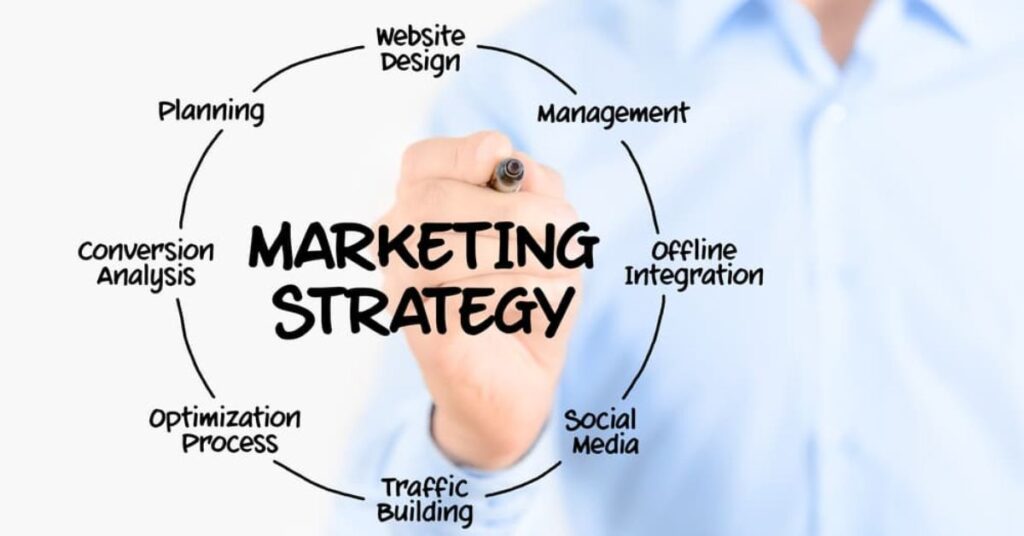Marketing is the core of every successful business. It involves understanding customer needs, promoting products or services, and creating meaningful connections. A solid marketing mix, including the Four Ps of marketing—product, price, place, and promotion—guides businesses in reaching their goals. Whether it’s increasing visibility or boosting revenue, marketing remains indispensable.
Today, companies combine traditional marketing techniques with digital marketing strategies to gain a competitive advantage. From product placement in physical stores to targeted ads online, the methods vary widely. The secret lies in choosing the right blend to engage your target audience while building brand awareness and encouraging customer retention.
In this guide, we’ll explore diverse advertising channels, effective pricing strategies, and emerging marketing trends. With practical examples and actionable insights, this article is your roadmap to designing impactful marketing campaigns that resonate with your audience and drive success.
What Are Marketing Strategies?

Marketing strategies are plans businesses create to achieve their objectives. These plans focus on attracting customers, building relationships, and maintaining loyalty. Whether through social media marketing or direct marketing, every action is tailored to specific goals.
A successful strategy relies on marketing research. This helps businesses understand consumer behavior and market demands. For example, analyzing data can reveal how to adjust your distribution channels for maximum reach or how to optimize promotion techniques for better impact.
You may also read this blog: 1000+ Fashion Bio For Instagram (2024)
Types of Marketing Strategies
1. Traditional Marketing Techniques
Traditional marketing focuses on offline efforts like outdoor advertising, event marketing, and print media. These methods work well for local audiences. For example, a community event sponsored by a local business helps create a strong brand image and fosters trust.
While effective, these strategies can be expensive and harder to measure. However, when paired with promotion techniques, such as discounts or giveaways, they can enhance customer engagement and improve brand loyalty.
2. Digital Marketing Strategies
Digital marketing leverages online tools like search engine optimization (SEO), content marketing, and email newsletters to reach broader audiences. Platforms like Instagram and YouTube are popular for social media marketing, where creative campaigns can go viral.
Unlike traditional methods, digital strategies allow for real-time tracking and better personalization. For example, affiliate marketing and personalized ads based on customer insights can drive more conversions. Businesses can use this data to refine their approaches and achieve consistent growth.
| Traditional Marketing | Digital Marketing |
| Flyers, billboards | SEO, content marketing |
| TV and radio ads | Social media campaigns |
| Face-to-face promotion | Email and affiliate marketing |
The Role of Pricing and Placement
Pricing strategies can make or break a product’s success. High-end brands often use premium pricing to establish exclusivity, while budget-friendly companies rely on competitive pricing to attract cost-conscious buyers. Discounts and special offers also play a major role in attracting customers.
Strategic product placement enhances visibility. Whether it’s prime shelf space in a store or featuring items in popular shows, placement influences buying decisions. Online, targeted ads serve a similar purpose, ensuring products appear where they’re most relevant.
Promotions and Customer Engagement
Promotional activities are essential for keeping customers interested. Creative promotion techniques, like flash sales or loyalty rewards, not only boost customer satisfaction but also encourage repeat purchases. For instance, Starbucks rewards program fosters strong brand loyalty.
Customer interaction is equally important. By using personalized marketing and addressing specific needs, businesses can create more meaningful relationships. Companies that listen to feedback and tailor their offerings are more likely to achieve long-term customer retention.
Marketing Trends and Future Insights

Staying ahead of marketing trends is vital in a competitive world. Today, customers expect personalized experiences, sustainability-focused messaging, and convenience. Adopting AI tools can help businesses gain better customer insights and adapt to changing demands.
Economic challenges also impact marketing strategies. While some businesses reduce their marketing budget, smart companies continue investing to maintain visibility. Combining cost-effective digital campaigns with impactful traditional efforts creates the perfect balance for success.
FAQ’s
What is marketing?
Marketing is the process of promoting products or services to satisfy customer needs.
Why is the marketing mix important?
The marketing mix helps businesses create balanced strategies for success.
What are examples of traditional marketing?
Examples include direct marketing, outdoor advertising, and print media.
How does digital marketing benefit businesses?
It provides real-time data and wider reach through channels like SEO and social media marketing.
What are key trends in modern marketing?
Personalized ads, AI-driven insights, and sustainability-focused campaigns are leading trends.
Conclusion
Marketing is the driving force behind business success. By combining traditional marketing techniques with innovative digital marketing strategies, companies can achieve a broader reach and foster strong connections. Strategies like content marketing and social media marketing allow businesses to interact with their audience in meaningful ways, while event marketing and direct marketing build trust and loyalty offline.
The key lies in balancing creative ideas with data-driven decisions. Understanding consumer behavior, optimizing advertising channels, and staying updated on marketing trends will help businesses thrive. A thoughtful approach to customer engagement ensures not just growth but also long-lasting relationships. In the ever-changing world of marketing, adaptability and customer focus remain essential.







